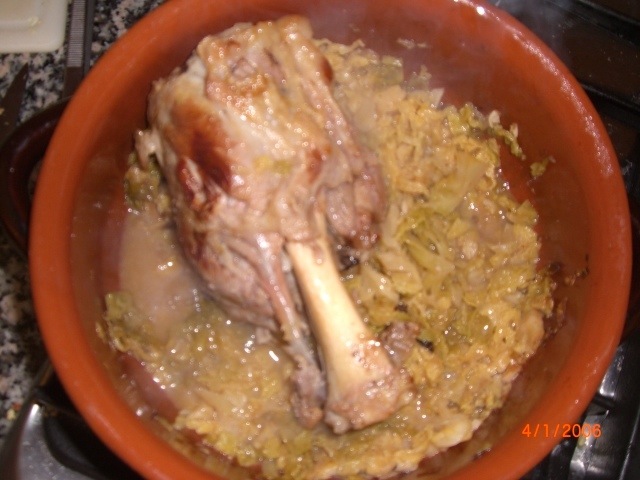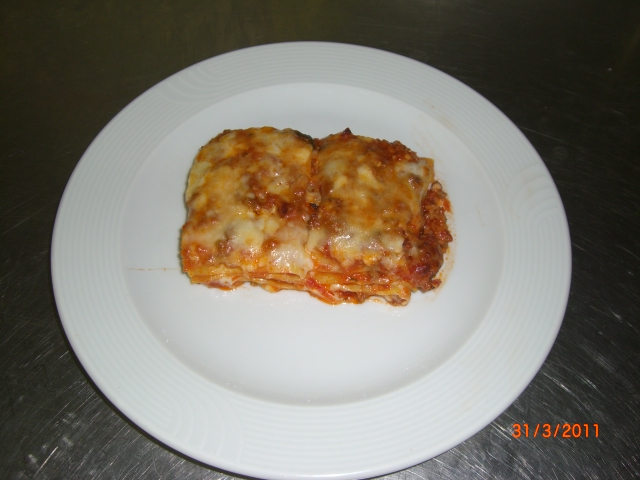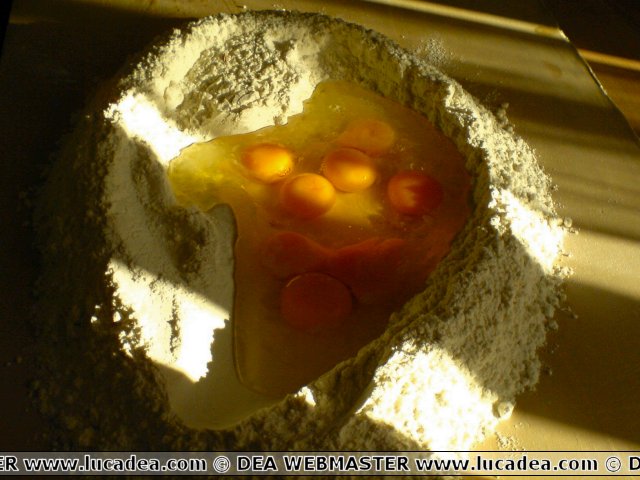Anchovies with peas, the recipe.
This morning I found, in the Leripesca shop in Sestri Levante, some beautiful local anchovies and some childhood memories came back to me. The anchovy, for me, is the princess of the kingdom of blue fish, in turn on the pedestal among the products of the sea. The anchovy can be prepared in a thousand ways, both cooked and raw (in this case after 96 hours in the freezer); the local one is seasonal but it is in the month of May, when the water is still fresh, that it is the right size and that for me lends itself best to the preparation with peas, also seasonal. Once again I do not know if the recipe I am about to describe is the true Ligurian one but it is the one that an aunt of mine used to prepare, considered the most thrifty among the very thrifty women in my maternal family. As a child I often went to this aunt of mine, the wife of a brother of my grandmother who, like the whole family, lived in the first hinterland where the fishmongers came with the cart and the boxes of blue fish caught during the night and who called the women to sell them the very fresh catch. At this moment I smile because I think of my aunt, a beautiful woman, tall, thin with wavy blond hair and very clear blue eyes, who died at 96 years old... My aunt went to buy anchovies for the family, composed of four adults but she did not ask for a weight, like half a kilo, but a number, no more than 15/16 depending on the size. To the anchovies she added so abundant peas from the garden and pieces of dry bread, saved from the little that was left over and that was usually part of the mash for the chickens. Here is the very simple recipe for 4 people:
About 800 grams of anchovies, 300 grams of fresh peas, shelled, a little tomato paste, half an onion, a clove of garlic, extra virgin olive oil, a few tablespoons of white wine.
Separately, lightly cook the peas in boiling salted water. In a low pot, preferably terracotta, fry the chopped onion and garlic in oil, add a little wine and add the concentrate, diluting with a little of the pea cooking water. After a few minutes, when the base is well blended, add the peas and cook and blend this base well. Taste if salt is needed. At this point, when the base is very hot, add the anchovies and immediately cover the pot with a lid. Leave to cook for a few minutes and serve immediately with croutons. I use wholemeal bread from the Vassallo bakery in Sestri Levante…
Why do we use tomato paste? Once upon a time, tomatoes only grew in the summer and, towards the end of this season, bottles were prepared at home with the sauce and the paste that was used in the most daring preparations.


























